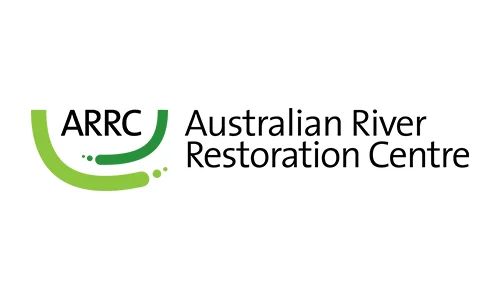The platypus is a unique species that is currently listed as near-threatened on the International Union for Conservation of Nature Red List. Platypus live only in Australia, inhabiting a diverse array of reliable freshwater habitats from sea level to an elevation of more than 1600 metres near the top of the Australian Alps. Their current range (marked in blue on the map) extends along the east and southeast coast of mainland Australia from western Victoria to about as far north as Cooktown in Queensland, and also includes Tasmania and King Island. An introduced population is found offshore on Kangaroo Island (marked in pink), where platypus were released in Flinders Chase National Park between 1928 and 1946 . No subspecies are currently recognised anywhere in the range. (Source: Australian Platypus Conservancy).
A recent study by Bino, Kingsford and Wintle (2020), has found that the platypus has lost 22% of its habitat over the last 30 years, with its decline looking worse in natural river systems that have been heavily modified and developed by humans. Current threats to the platypus populations include climate change, habitat destruction, land clearing, pollution, introduced predators, drought and water distribution pressures.
This guide will help you understand the habitat platypus need to survive and thrive.
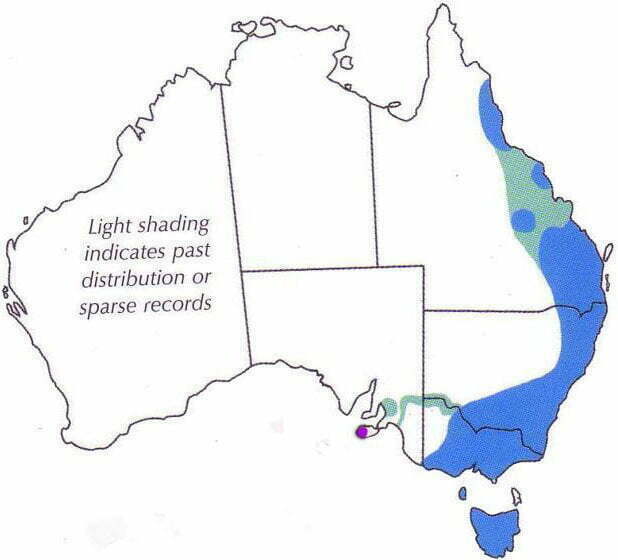
What makes the platypus unique – a few fabulous facts!
FACT #1: Platypus can glow in the dark under UV light. They absorb sunlight during the day to prevent skin damage, and then emit the light at a different wavelength at night, which can be seen as a blue-green colour under ultraviolet light. It is also thought the glowing may help the nocturnal animal see other platypuses in the dark.
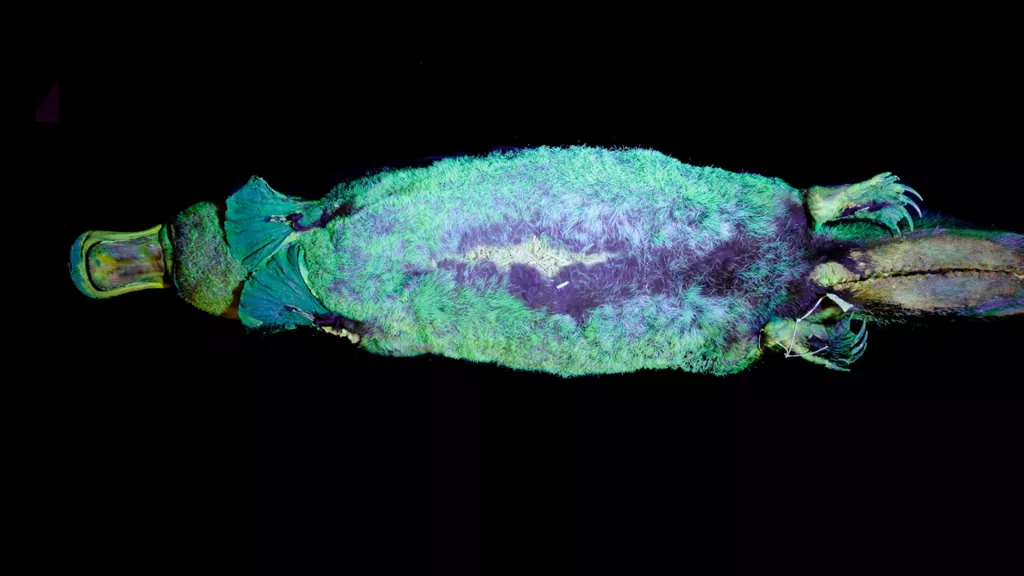
FACT #2: Platypuses don’t have stomachs, they have a gullet that connects directly to their intestines.
FACT #3: Platypuses are born out of leathery eggs and female platypuses don’t have nipples, their milk is released out of mammary gland ducts on their abdomen – the babies drink it up by sucking it out the folds of their mother’s skin or fur.
FACT #4: Male platypuses can be poisonous – they have a venomous spur on each hind leg which dispenses venom only during mating season.
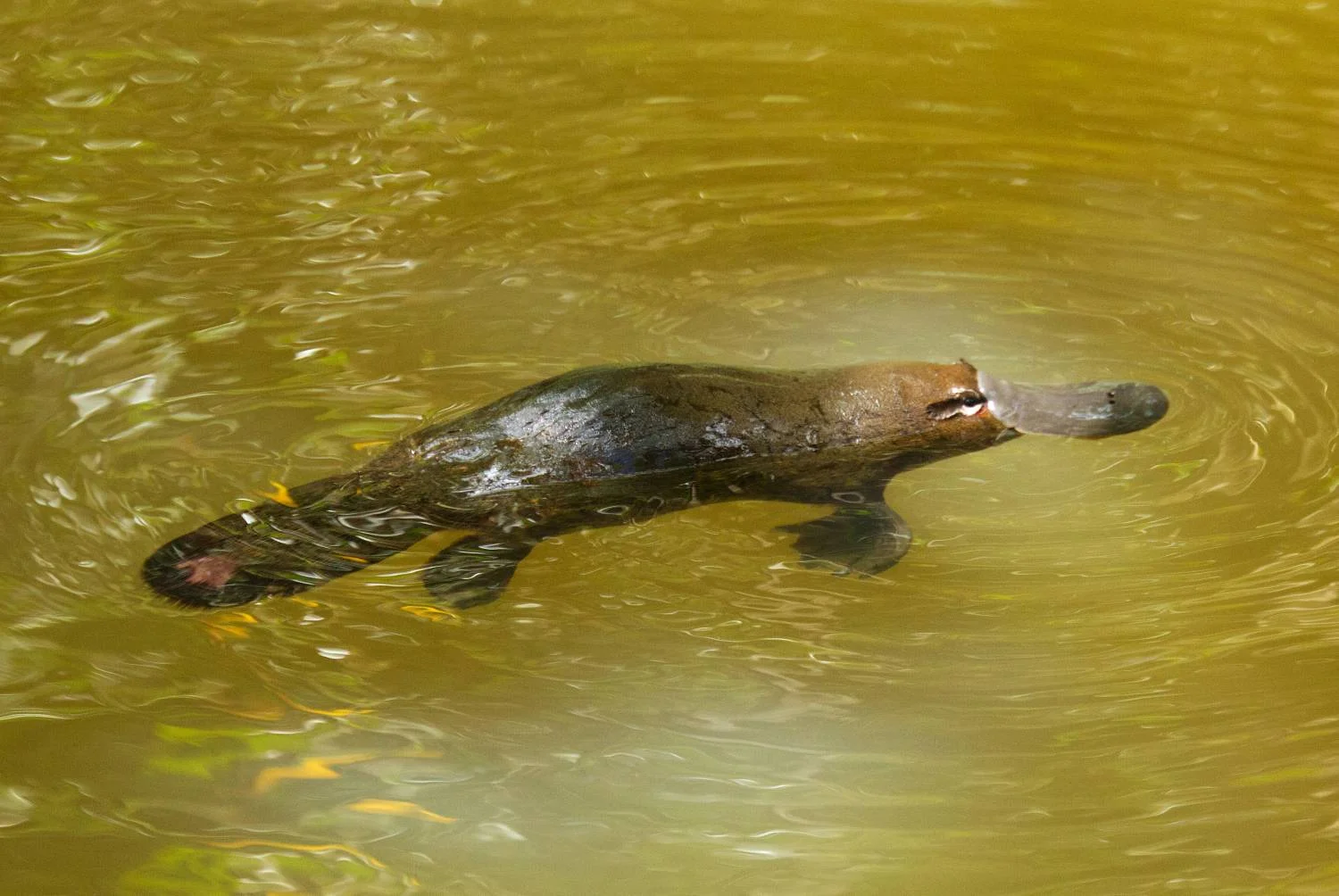
FACT #5: Platypuses lack teeth and stomach acids to break down their food, so in order to eat tougher morsels they push gravel into their cheeks and use it as makeshift teeth.
FACT #6: Platypus store half of their body fat in their tails. So if you want to tell if a platypus is healthy, you can do a ‘squeeze test’ in the middle of its tail. If it’s a healthy platypus, it will be packed with stored body fat so that the edges of the tail don’t bend inwards. A thin platypus’s tail will be able to be squeezed so that the tail’s edge can touch each other.
What habitats do platypus need to thrive?
A positive relationship exists between platypus abundance and several habitat factors that support platypus populations including:
- an abundance of native trees.
- extensive cover provided by shrubs and lower-growing plants overhanging the water.
- well-consolidated plant roots on stream and river banks.
- coarse inorganic bottom material such as gravel and rocks.
- coarse organic matter in the channel like fallen logs, twigs and leaves, and lastly, water depth between 1 – 6m.
Notably, the platypus needs gravel around their habitats as it helps them to chew their food. Platypuses lack teeth and stomach acids to break down their food, so in order to eat tougher morsels they push gravel into their cheeks and use it as makeshift teeth.
When we look at this list of habitat factors we can see a direct correlation between healthy intact riparian areas and platypus.
Photo: Platypus swimming in a creek. Image credit: Adobe.
Platypuses also like to make burrows along river banks where females lay their eggs and raise the young. Burrows are also used as resting burrows for both males and females. Platypuses do not travel far from their burrows, with a home-range of 6-11 km in length for a male and 2-4 km for females.
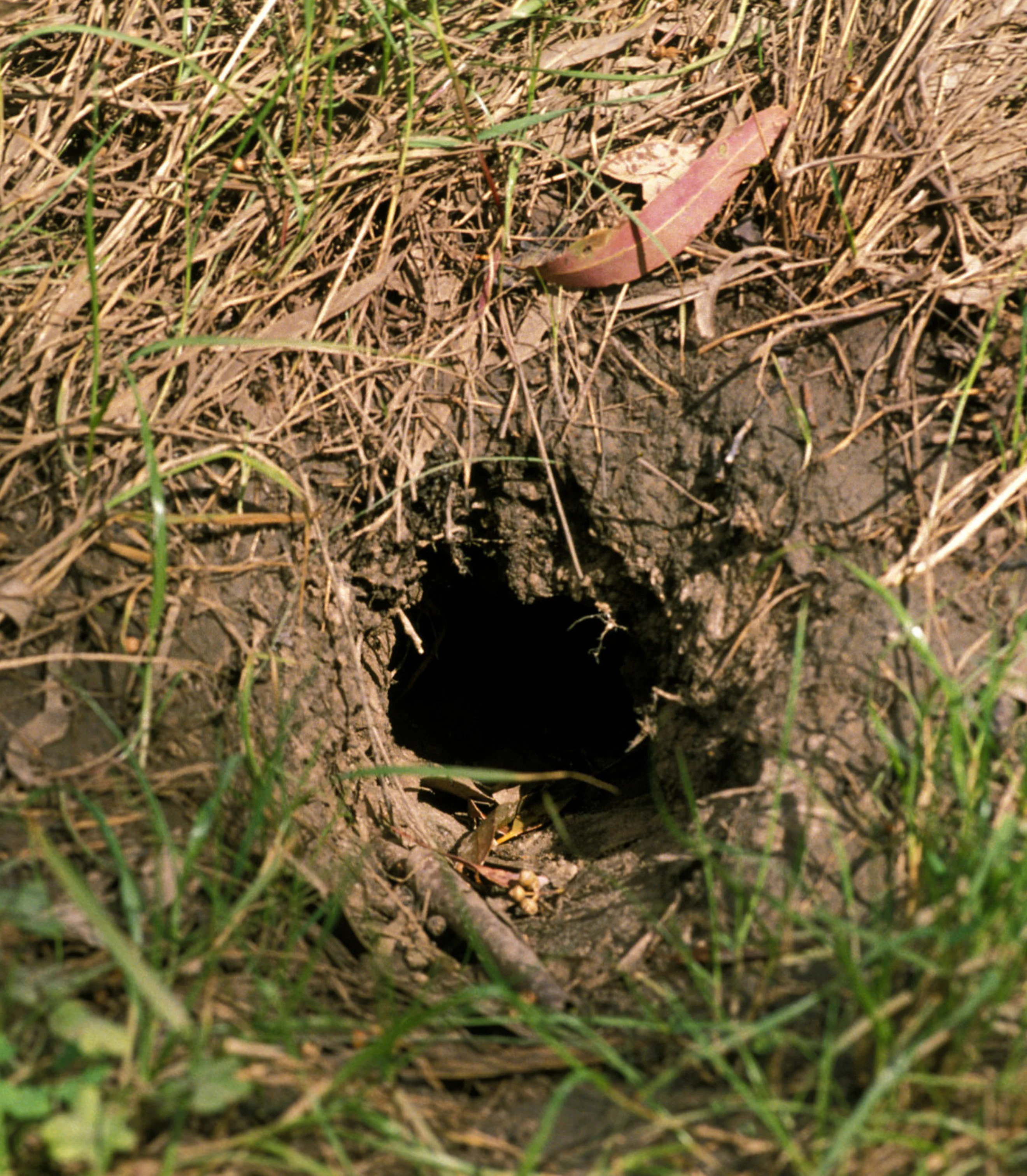
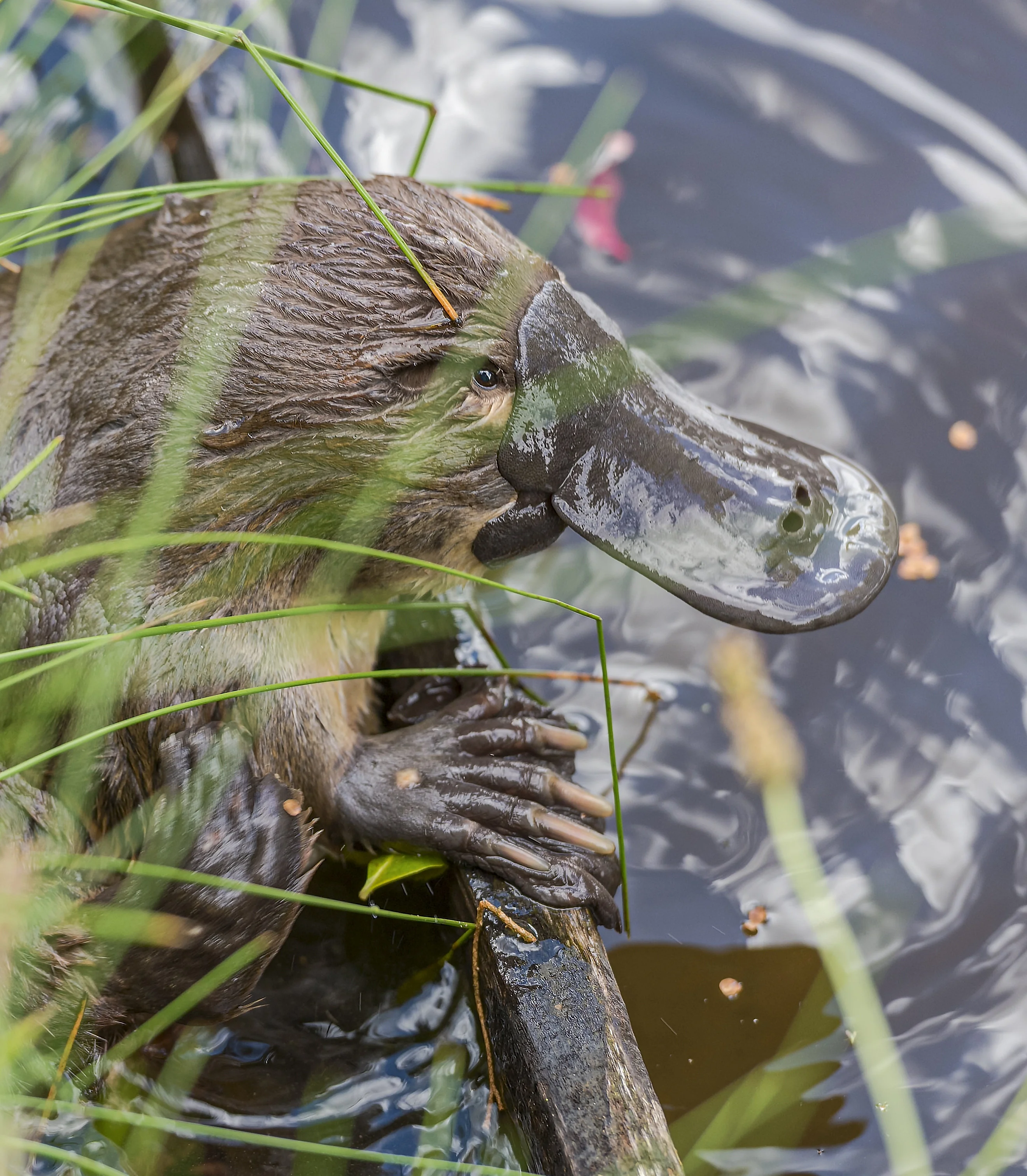
Platypus can live in man-made lakes, dams and irrigation channels, but they are more commonly found in natural lakes, creeks, rivers, backwaters and billabongs. They can be found anywhere from sea-level to alpine environments, but are uncommon in salty bays or estuaries.
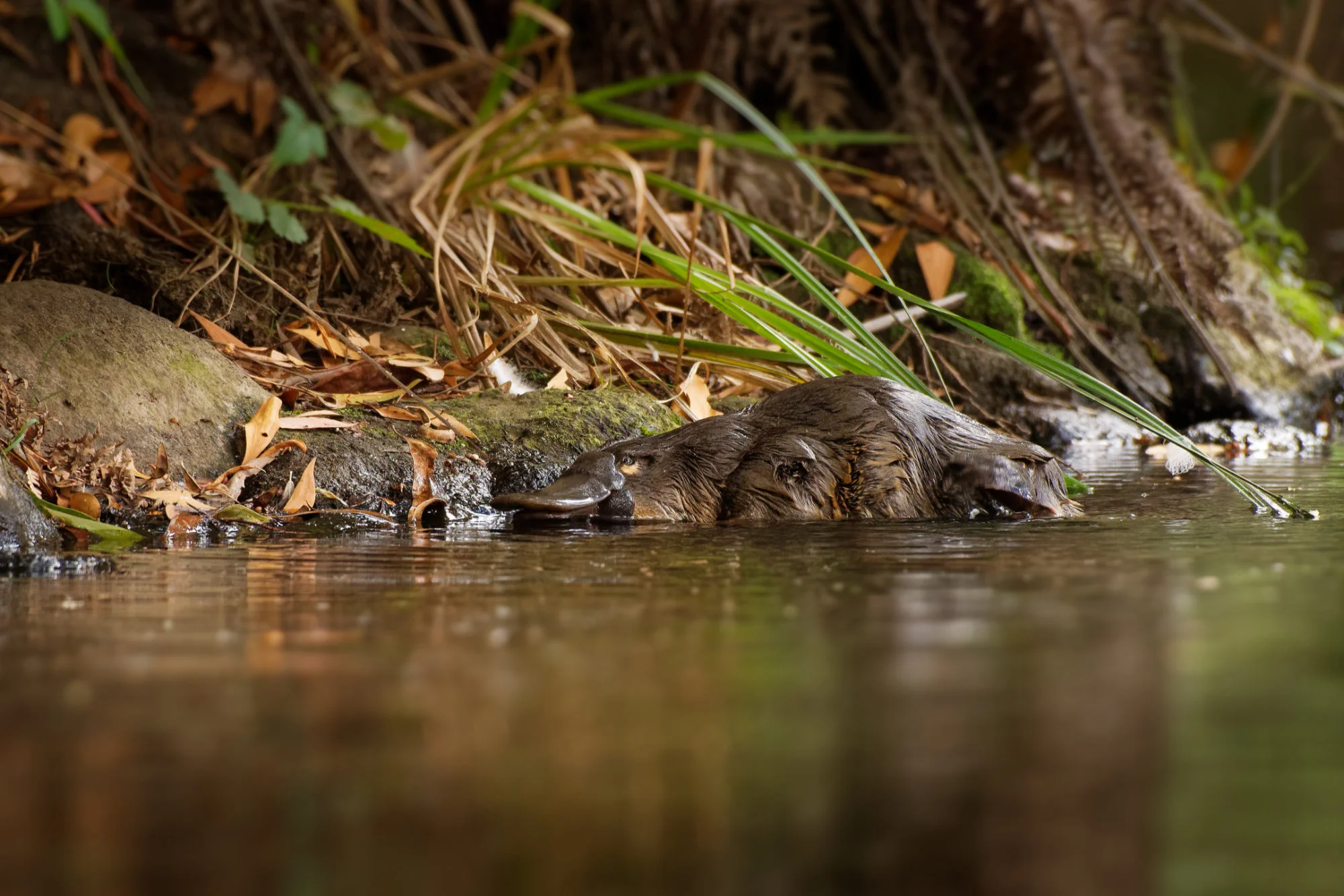
Why riparian zones are important for platypus
When you look through the list of habitat features that platypus need they directly correlate to a healthy, well vegetated riparian zone, with pools, riffles and banks within which they can burrow. When riparian zones are in good condition they provide platypus with:
Good Food
Increased riparian native vegetation also increases the abundance of the platypus’s favourite prey which includes aquatic insect larvae and nymphs, and bottom-dwelling crustaceans, like this crayfish (see photo).
Platypuses have high energy (food) requirements. They typically forage for 10 to 12 hours each day—even longer under colder conditions. Females producing milk for their young have very high energy needs and can consume 100% or more of their body weight in a day.
Protection from predators
Weed control and subsequent revegetation of riparian areas are essential to platypus conservation as they need the protection from predators. Substantial corridors of native vegetation can screen out noise and artificial light in built-up urban areas, whilst also trapping litter and other pollutants, reducing trampling and bank erosion, and restricting access by foxes or unsupervised pets that could prey on platypus.
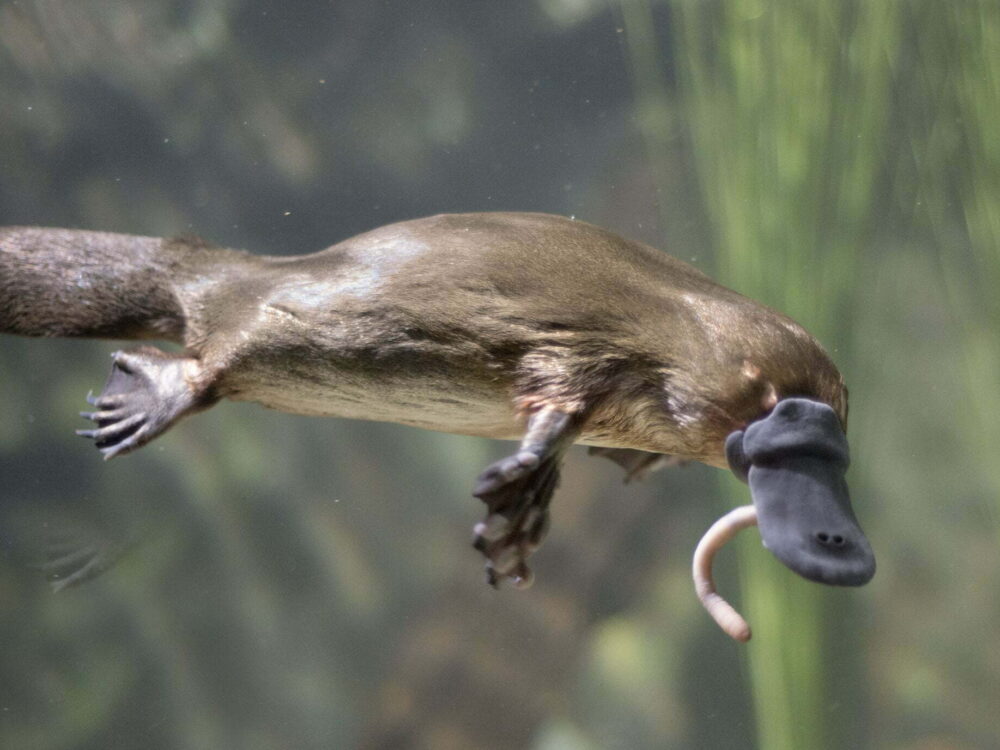
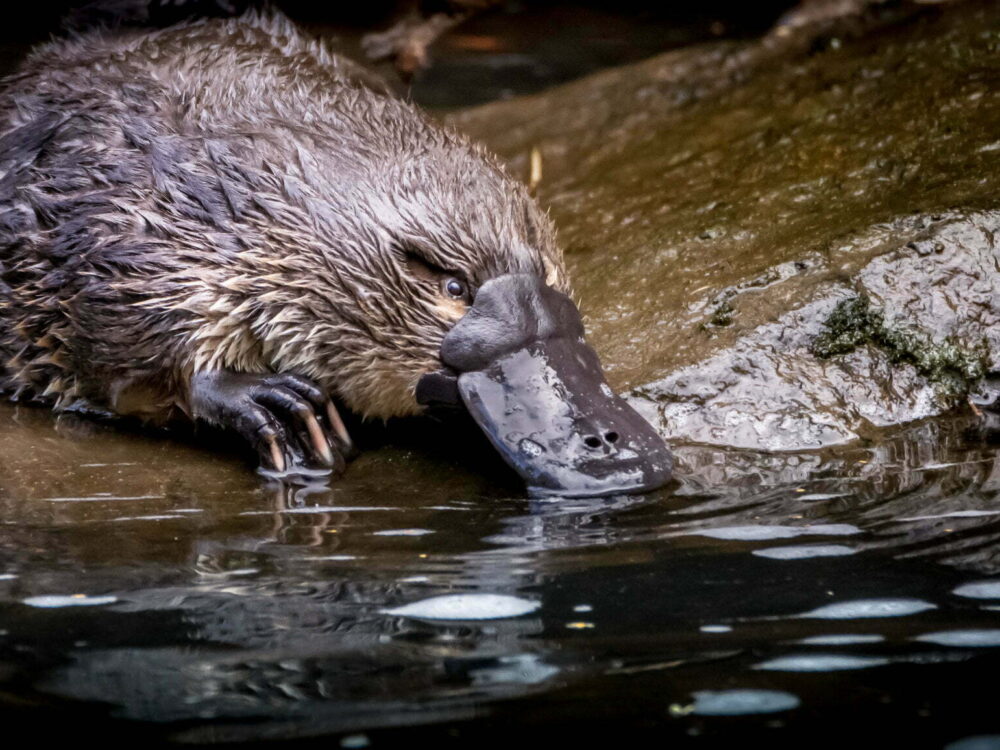
In-stream logs for rest and shelter
Platypus need logs and large branches in the water as they provide habitat, contribute to foraging success, and provide platypus with shelter sites.
Flowing water
Platypus need regular and adequate water flows, as they cannot survive for long in isolated pools scattered along the length of a drying water course. Many of our rivers are now regulated and studies have shown that reductions in flow quality and quantity is mirrored in reduced platypus reproductive success and population size.
Refuge in times of drought
With an increasingly drying climate, droughts are becoming more frequent, placing significant strain on platypus’ habitat. Refuge areas are important to protect platypuses and their habitat in times of drought. For a refuge area to support platypus it needs to be a pool of water that is at least 80m in length and has a surface water area of 500m. The temperature also needs to be cooler to protect the platypus from predators, so it should have a minimum depth of between 1-4m. The banks of the pool need to be reasonably steep and of well-consolidated soil so the platypuses can create their burrows. The refuge area needs significant amounts of vegetation, overhanging and shrubs, to improve the habitat quality and sources of food.
Promoting awareness of platypus conservation needs
The platypus’s categorisation of ‘near threatened’ is a warning sign that we need to be acting now to prevent it becoming further endangered.
Conservation of platypuses must become a priority at all levels of government, we have produced this guide to raise public awareness about the plight of the platypus and to encourage people to do what they can to:
- List the platypus state and federal threatened species schedules.
- Invest in more focused research and monitoring.
- Assess the range and distribution of the platypus.
- Manage threats.
- Improve riparian health.
- Prevent land clearing.
- Limit cattle grazing and access.
- Grow native overhanging riparian vegetation.
- Provide ‘platypus ways’ to enable safe passage past dams and weirs.
Photo: Potential platypus refuge site in times of drought. Photo credit: Lori Gould
The platypus is an amazing mammal, the video below gives you a more intimate look at this charismatic riparian zone dweller.
How you can support platypus conservation
- For every platypus branded t-shirt or bike bought through Rivendell Bicycle, $6 goes to the Australian Platypus Conservancy
- Donate directly to the Australian Platypus Conservancy
- Join the Australian Platypus Monitoring Network to help monitor platypus numbers
- Join Platypus Spot App to help monitor numbers
References
- Platypus Management Guideline
- A stitch in time – Synergistic impacts to platypus metapopulation extinction risk (Bino, Kingsford and Wintle, 2020)
- Native species under threat as new research finds platypus populations could disappear ‘without ever returning’
- How to spot a platypus in the wild
- Australian Museum, Platypus
- Platypus Facts
- Down a platypus burrow
This guide was created by Kate McKenna and Siwan Lovett.
